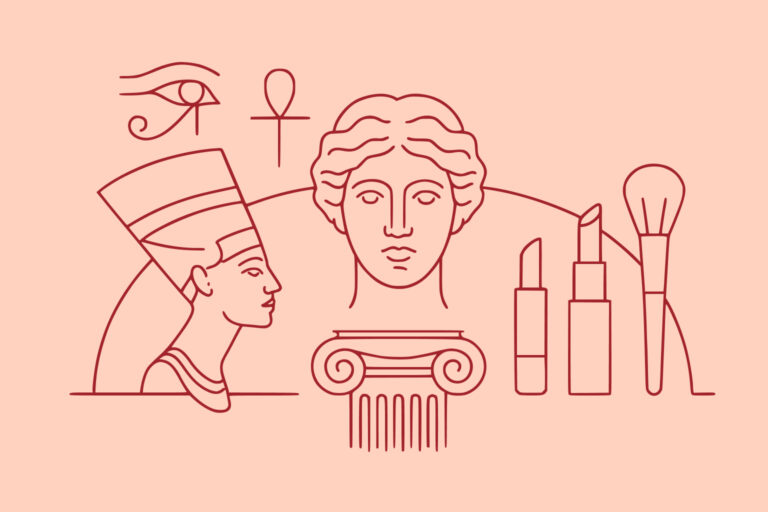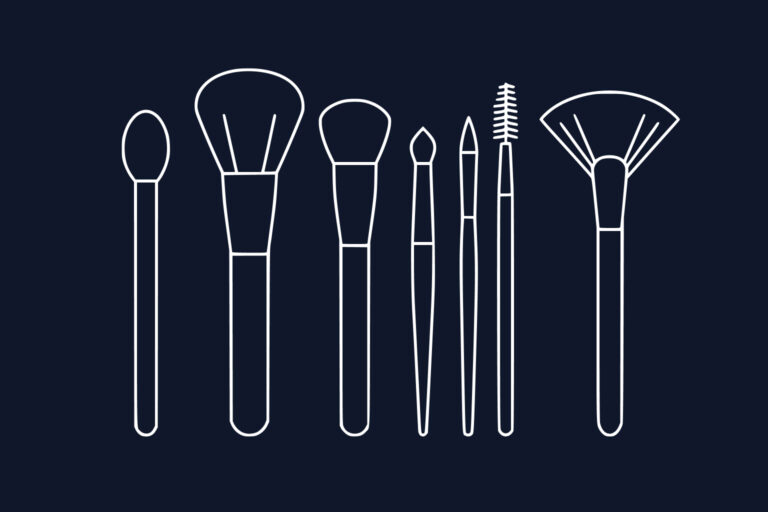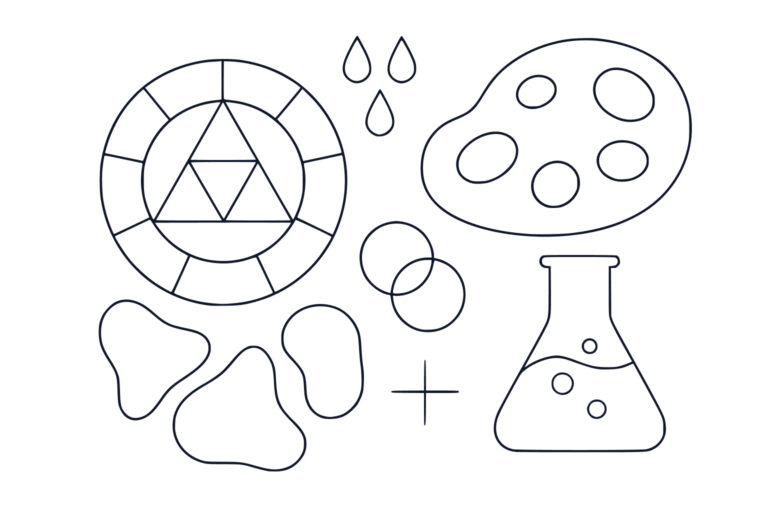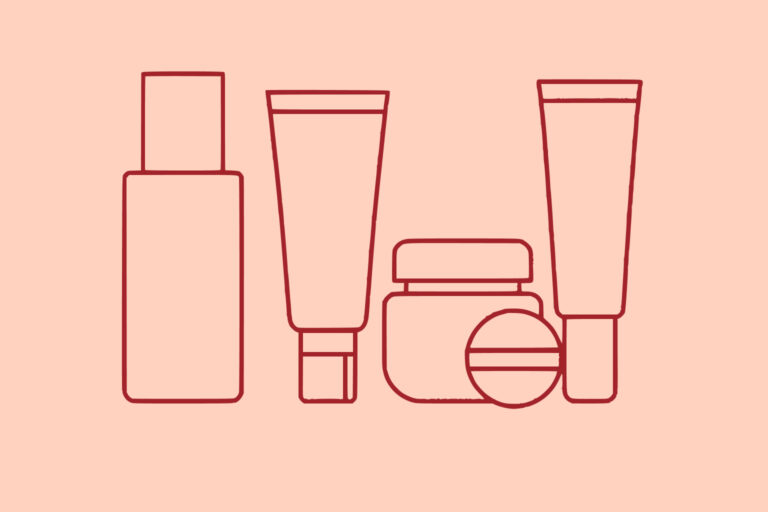Mastering Basic Makeup Techniques: Essential Skills Every Beauty Enthusiast Should Know
Published by Professional Makeup Artist London
Great makeup isn’t about having the most expensive products or following every trend—it’s about mastering fundamental techniques that enhance your natural beauty. Whether you’re a complete beginner or looking to refine your skills, these essential techniques form the foundation of all beautiful makeup looks. From proper skin preparation to setting your finished look, each step builds upon the last to create a flawless, professional result.
The Foundation of Great Makeup: Skin Preparation
Just as ancient civilisations understood the importance of preparing the skin before applying cosmetics, modern makeup application begins long before you touch any colour products. Proper skin preparation ensures your makeup applies smoothly, looks natural, and lasts throughout the day.
The benefits of proper skin prep include smoother makeup application, extended wear time, more natural-looking finish, better product performance, and healthier skin over time. The essential skin prep routine begins with cleansing to remove all traces of previous makeup and impurities using a gentle cleanser appropriate for your skin type, then patting dry with a clean towel without rubbing or pulling at the skin.
Toning, whilst optional, balances skin pH after cleansing, removes any remaining impurities, and prepares skin for moisturiser absorption. Moisturising comes next, choosing a moisturiser based on your skin type and applying in upward motions whilst avoiding the eye area, then allowing two to three minutes for complete absorption.
Eye cream should be applied to the delicate under-eye area using a dedicated eye cream, applied with the ring finger using gentle patting motions, focusing on hydration to prevent concealer from creasing. Finally, SPF protection with broad-spectrum SPF 30 or higher is essential even when wearing foundation with SPF, and should be allowed to set completely before applying primer.
Foundation Techniques: Creating Flawless Coverage
The application method you choose significantly impacts your foundation’s finish and coverage level. Each technique serves different purposes and achieves different results.
Beauty sponge application works best for natural, seamless finish with sheer to medium, buildable coverage. The technique involves using a damp sponge with bouncing motions, and benefits include beautiful blending that’s versatile for all skin types.
Foundation brush application is best for full coverage and precise application, providing medium to full coverage using stippling or buffing motions. Benefits include hygienic application and professional finish.
Finger application works best for quick application and natural finish, providing sheer to medium coverage by warming the product and using patting and blending motions. Benefits include always being available and the warming effect enhances blending.
Step-by-step foundation application begins with product preparation by shaking or mixing foundation if required, dispensing an appropriate amount starting with less than you think you need, and warming liquid foundation between fingers if using finger application.
Initial placement involves applying foundation to the centre of the face first, focusing on areas that need the most coverage, and working in sections rather than trying to cover the entire face at once.
Blending technique varies by tool. For sponges, use bouncing, stippling motions. For brushes, buff in circular motions, then stipple to smooth. For fingers, pat and press, avoiding dragging motions.
Concealer Mastery: Strategic Coverage and Highlighting
Concealer serves two primary purposes: covering imperfections and strategically highlighting areas to enhance facial structure.
Under-eye concealing technique begins with shade selection, choosing concealer one to two shades lighter than your foundation whilst ensuring undertones match your skin. The application pattern involves applying in an inverted triangle shape under the eye, extending from inner corner to outer corner, and bringing the triangle down to the top of the cheekbone.
The blending method uses a damp beauty sponge for seamless blending, patting gently without rubbing or dragging, and blending edges whilst leaving centre coverage intact. Setting involves applying translucent powder immediately using a small, fluffy brush for precise application and pressing powder in rather than sweeping.
Spot concealing technique starts with colour correction if needed, applying colour corrector to neutralise discolouration using green for redness and peach for blue/purple tones, then blending edges carefully. Concealer application uses concealer that matches foundation exactly, applied directly to the blemish with a small brush using minimal product and building if needed.
Strategic highlighting with concealer focuses on key areas including the bridge of the nose to create the illusion of a straighter, more defined nose, the centre of the forehead to add dimension and lift, the chin to balance facial proportions, and the cupid’s bow to enhance lip shape and definition.
Eyeshadow Application: Building Beautiful Eye Looks
Understanding eye anatomy for makeup helps with proper product placement. Key areas include the mobile lid, which is the area from lash line to crease when the eye is open, the crease, which is the natural fold of the eyelid, the outer V where upper and lower lash lines meet, the inner corner of the eye, and the brow bone, which is the area directly under the eyebrow.
Basic eyeshadow techniques start with single colour application by applying eyeshadow primer to the entire lid, using a flat shader brush to apply colour to the mobile lid, blending edges with a fluffy blending brush, and building intensity gradually with additional layers.
Two-colour gradient involves applying a lighter shade to the entire lid with a shader brush, applying a darker shade to the outer half of the lid, blending where colours meet with a clean blending brush, and softening any harsh lines with circular blending motions.
The classic three-colour look uses a light, neutral base colour over the entire lid, a medium transition colour in the crease for depth, and a darker accent colour on the outer corner for definition.
Blending techniques include the windscreen wiper method using a fluffy blending brush in back-and-forth motions, focusing on the crease area where colours meet, and using light pressure to avoid removing product. Circular blending uses small circular motions to soften harsh lines, working gradually and building blending slowly, whilst cleaning the brush frequently for best results.
Professional Tips and Setting Your Makeup
Setting your makeup ensures it stays fresh and beautiful throughout the day, with proper setting techniques extending wear time by six to eight hours.
Powder setting technique begins with product selection, using translucent powder for most areas and considering tinted powder for additional coverage. Application areas should focus on the T-zone where oil appears first, set under-eye concealer to prevent creasing, and lightly dust other areas as needed. The application method uses a fluffy powder brush for large areas, presses powder into skin rather than sweeping, and uses a smaller brush for precise areas like under-eye.
Setting spray application starts with preparation, ensuring all makeup is complete and holding the spray six to eight inches from the face. The application pattern involves spraying in an “X” pattern across the face, adding a horizontal spray across forehead and chin, and closing eyes during application. Drying requires allowing spray to air dry completely, avoiding touching the face whilst drying, and gently fanning the face if needed to speed drying.
Understanding proper brush selection and care is crucial for achieving professional results, whilst applying colour theory principles ensures harmonious, flattering results. Knowledge of makeup products and their proper use enhances the effectiveness of these fundamental techniques.
Conclusion
Mastering basic makeup techniques is a journey that requires patience, practice, and persistence. These fundamental skills form the foundation for all makeup artistry, from simple everyday looks to elaborate special occasion designs. Remember that even professional makeup artists continue to refine these basic techniques throughout their careers.
The key to success lies in understanding that makeup should enhance your natural beauty, not mask it. Start with proper skin preparation, choose quality products that work well together, and use appropriate tools for application. Most importantly, practise regularly and be patient with yourself as you develop these skills.
Whether you’re inspired by makeup’s rich history or motivated by modern beauty trends, these timeless techniques will serve you well. Focus on mastering one skill at a time, and soon you’ll be creating beautiful, professional-looking makeup with confidence and ease.
Ready to perfect your makeup techniques with professional guidance? Book a personalised makeup lesson to learn these skills hands-on and discover techniques tailored to your unique features.




